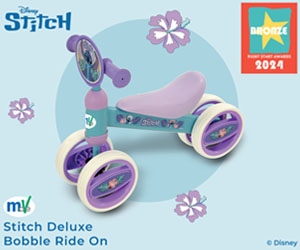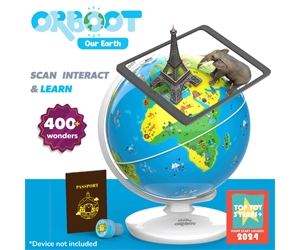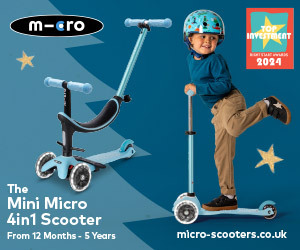Checking shoe sizes for your child
Published
Children’s footwear can be expensive and is soon outgrown, but worryingly up to 65 per cent of children may be wearing the wrong size shoes* .

Shoes that are too small put children at risk of foot deformities and other serious health issues. For instance, improperly fitting shoes can cause hallux valgus. This is a foot deformity which happens when the big toe starts to angle inward, which causes a swollen lump just below the big toe.
To help parents make sure they are buying shoes that fit their kids properly, keep the following advice in mind:
- Go by the longer foot. The right and left foot are rarely the same length. A difference of up to half an inch is normal – that’s almost one whole shoe size. Always go by the longer foot when buying shoes.
- Don’t rely on the shoe size. Shoe manufacturers label shoes with standard sizes, the ones we all know. But there is no mandatory industry standard for shoe sizing, so each brand will vary. Be sure to try on every shoe carefully.
- Give ‘em room. Most parents are aware that feet need some room, but usually underestimate the actual room needed. At least half an inch of additional room is optimal: it’s the only way kids can roll their foot properly when walking.
- Do a regular check. Because the sense of touch isn’t fully developed in children, they tend to squeeze their feet into shoes that are much too small and don’t even notice it. Parents should measure their children’s feet at least every two months.
Visit https://www.blitzresults.com/gb/kids-shoe-size-chart/ for a useful measuring chart and further information on getting a perfect fit.
- Survey conducted by Blitzresults
Previous
School run problems
Next
Summer city breaks






